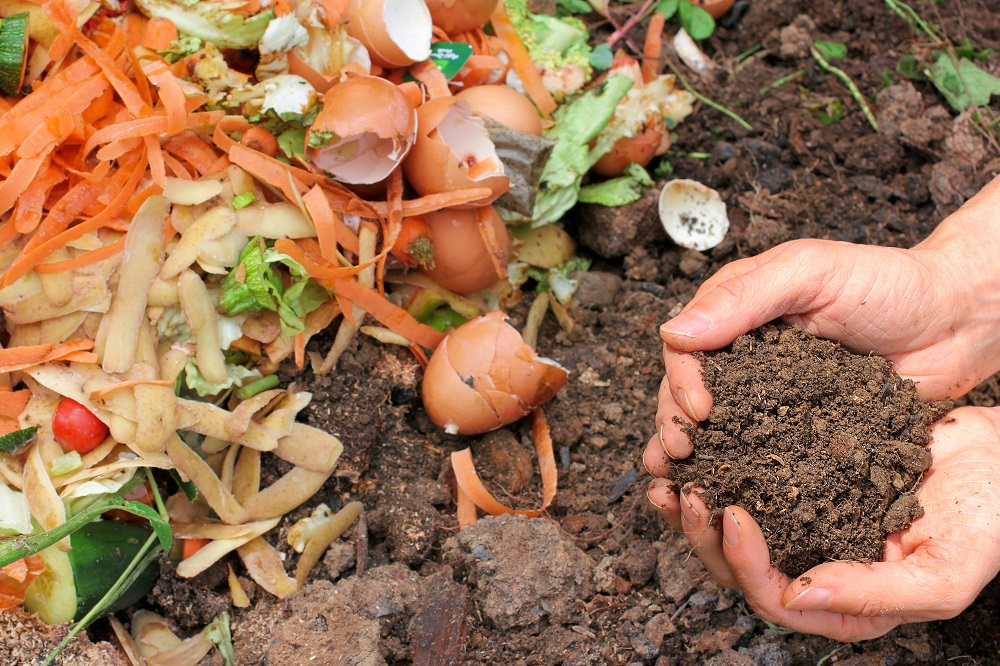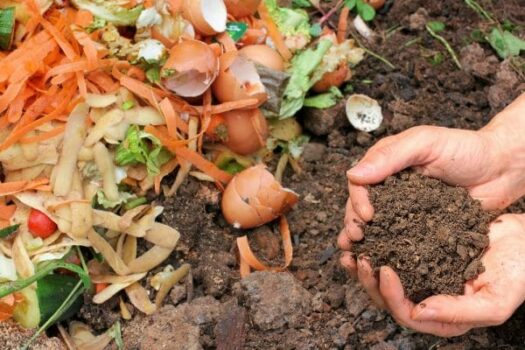The right climate for organics recovery? Part 1 – Will kerbside organics parallel dry recycling?
Part 1 – Will kerbside organics parallel dry recycling?
The right climate for organics recovery? A three part look into new market conditions that are making organics recovery more viable.

Organics to compost is the biggest kerbside recovery trend in Australia, with Local Government firmly in the drivers’ seat.
Starting from almost near zero in the late 1980s, it took dry kerbside recycling around 20 years to reach saturation across Australian households. By 2009 – over 91% of Australian households used municipal kerbside recycling services to recover resources (ABS 2010).
Now, kerbside organics recovery is on a parallel journey. Recently, in its State of the Environment Report 2015, NSW said that kerbside organics services had grown 71% over the last decade.
However, while kerbside dry recycling was a ‘pull market’ – driven by the inherent commodity value of metals and paper (and sometimes plastics) – organics is currently a ‘push market’. That is, diversion of organics is being driven by the increasing price of putrescible landfill along with State Government policy.
While Government, both State and Local, has long used diversion from landfill as a key metric for progress, the term is a misnomer. When it comes to landfill, the only resource which is truly environmentally damaging to bury is organics.
Landfills which contain no organics produce no leachate, greenhouse gases or odour. Nor are they unstable, and require minimal compaction. Indeed, what we tend to think of as a ‘landfill problem’ is in fact an ‘organics problem’. Meanwhile, putrescible landfills are facing cost pressures from multiple sides.
Pressures include the potential for carbon taxes, increasing landfill standards in both NSW and Victoria, growing public sensitivity over odour and new standards for leachate discharge. Meanwhile, financial assurances are also on the way up for landfills, primarily driven by the long term risk posed by putrescible landfills.
Full cost pricing is also a new trend sweeping landfill management. Specifically, airspace is now being priced with asset replacement, proper capping and 20 years or more of aftercare considered. When applied holistically, the ‘full cost’ pricing equation adds a great deal of cost to burying organics.
Meanwhile, if processed correctly organics do have value, albeit not much compared to dry resources like metals or fibre. Standards like AS4454, which offers processors a solid standard for clean compost, have helped greatly to improve the marketability of this product.
Clean, source separated organics can go directly to compost – and have proven their worth in land remediation markets in both NSW, Victoria and WA. Meanwhile, dirty organics (contaminated with plastics and other material) have value in energy recovery or fuel manufacture markets.
All of these forces together have proven sufficient to create a viable market for organics recovery in NSW and Victoria and South Australia, the key States where the combined food and garden organics collection trend is catching on.
At both a Local Government and Regional Organisation of Councils (ROC) and State Government level, resource recovery strategies are being written which focus on both organics recovery and the closure of putrescible landfill.
The organics recovery equation also flips the traditional advantage of metropolitan organisations on its head. Recycling is conventionally a big city business, as major urban centres like Sydney generate the resources and economies of scale necessary for effective resource recovery.
Conversely with organics, regional governments can tap into the local expertise of agricultural production, where primary producers have both the land, expertise and need for additional organics. This new found advantage is also building better relationships between urban and metropolitan governments.
By Alex Serpo
-
Subscribe to NSW's biggest platform for waste, recycling and resource recovery
- Subscribe

